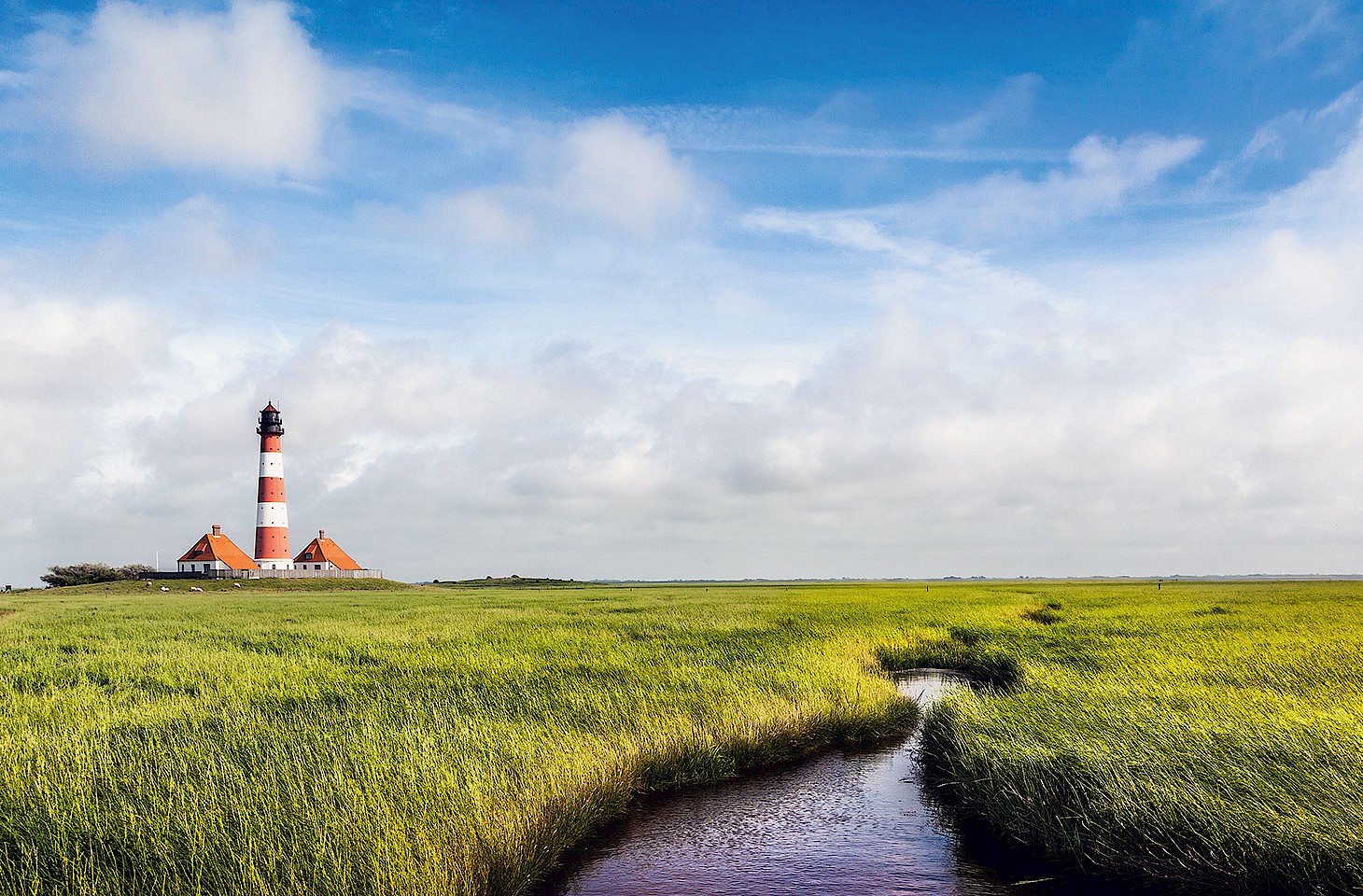When the distinguished Azeri literary critic Kamal Talibzade died last year at the age of eighty-three, so ended the life of a man who had with great ease used more alphabets than most of us could ever manage. Kamal was born into a country that then used the Arabic script - as indeed it had done for a dozen centuries. At home, he learnt the Arabic way of writing from his father. But not long into his school education, Azerbaijan switched from the Arabic to the Latin alphabet. Kamal duly learnt the Latin script. Then when Kamil was fifteen years old, Stalin decreed that all the Turkic Republics in the Soviet Union should switch to the Cyrillic alphabet, and Kamal started learning to read and write all over again.
hidden europe 16
From alpha to omega: European alphabets
by Nicky Gardner
Summary
Travel around Europe and you will come across runic texts in Scandinavia and Scotland's Orkney islands, Glagolitic inscriptions in Croatia and Hebrew texts on synagogues across the continent. We explore how alphabets often become an emblem of identity.
The hidden europe award for ingenuity in creating new European rail travel opportunities is awarded to Austria's state rail operator, Österreichische Bundesbahnen (ÖBB). We look at what ÖBB will offer anew for 2020, and examine too what's new on the rails in Russia, Germany and elsewhere across Europe.
As winter slipped slowly into spring in 1917, Lenin passed through Berlin on his journey back to Russia from Switzerland. His onward route from Berlin took him by train to Sassnitz, then on by ferry to Trelleborg in Sweden. These days it's still possible to follow the route taken by Lenin, using the occasional direct trains from Berlin to Sweden.
Within just a few centuries, the geography of the Frisian region has been reshaped by storms and tides. Paul Scraton is a regular writer for hidden europe; here he explores Germany’s Wadden Sea coastline. It’s a tale that shows the power of the sea.




